How to Backup USB Drives and Restore Them, Bootable State and All
Do you keep a bootable USB drive handy? Maybe you lot still have the USB drive that you terminal used to install Windows, or any of the other bootable thumb drives that you've made over the years? Since we only tend to keep a few USB drives available, we tend to overwrite the contents of Windows installation media and the similar after a single use.
In the case of Windows 10, unless you saved an ISO of the operating system instead of making a USB installation drive with Microsoft's media cosmos tool, or still have your USB bulldoze configured, yous will likely take to redownload the entire Os the side by side time you need the installation files on a bootable drive.
Intending to save some time and attempt on the side by side go-around, nosotros sought methods to preserve an exact copy of bootable USB drives which could be restored from a backup file when needed.
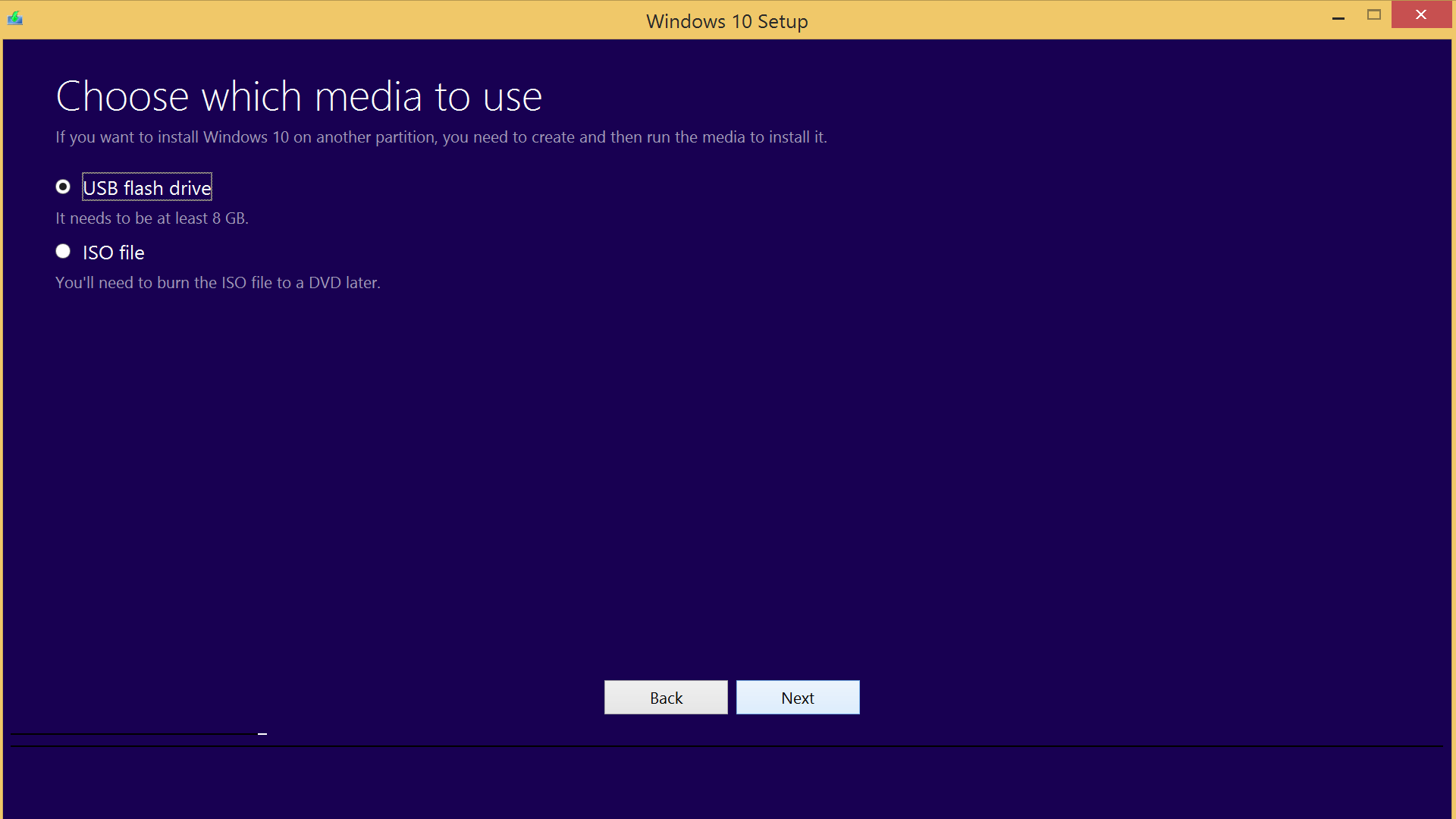
Having non cloned a bootable USB drive before, the operation seemed like something that could be accomplished from a Command Prompt or elsewhere effectually Windows.
Nevertheless, while Windows 10 has a fully interfaced feature for making backup images of the operating organisation, we couldn't find any way to create an image file of a USB drive.
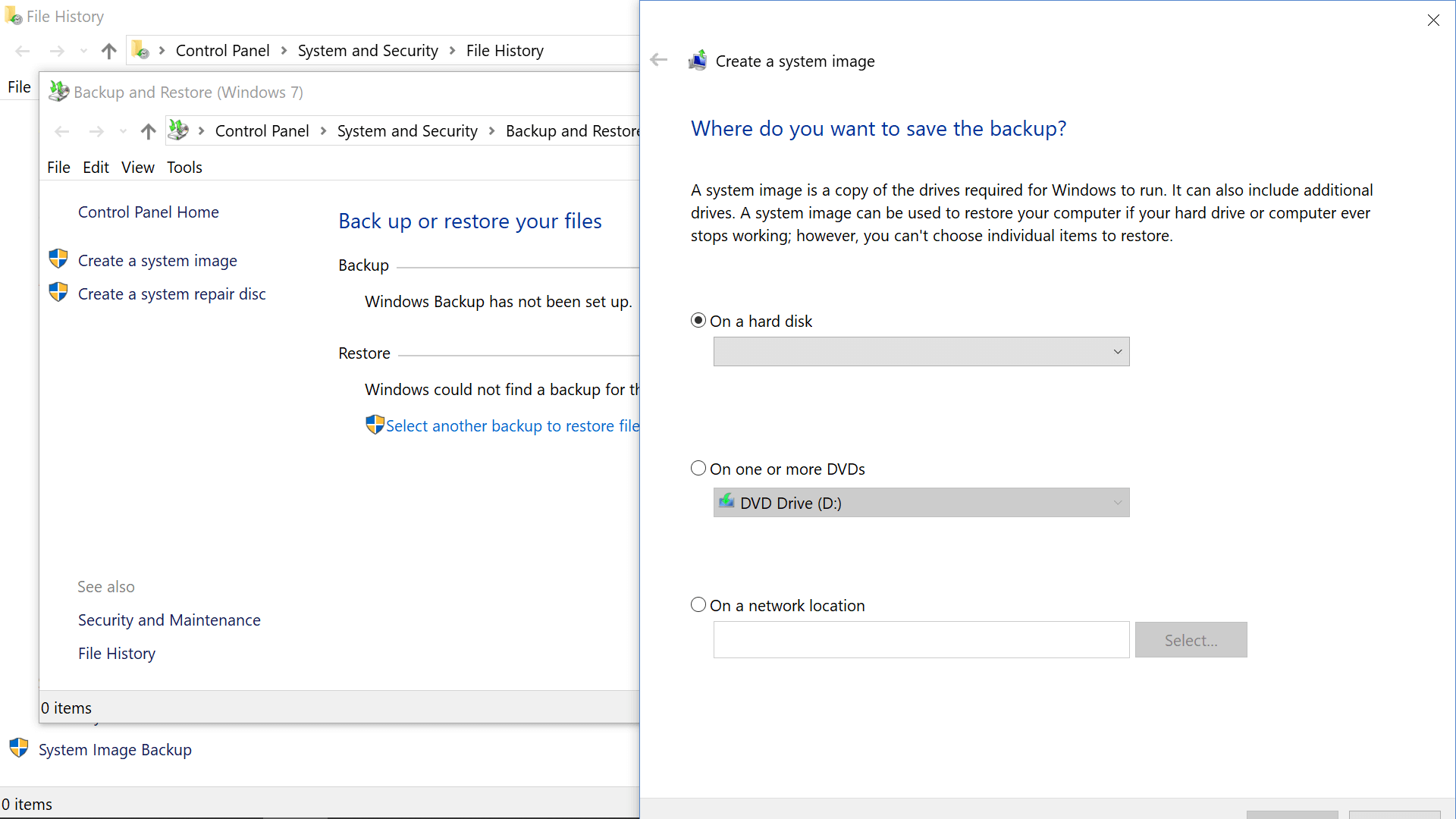
Although nosotros were seeking a simple command line or native GUI wizard to create a total image fill-in of a bootable USB drive, we were happy to discover several lightweight tools that tin can become the chore done, including one that you might already accept installed for making boot drives in the first identify like Rufus.
We also learned that in the case of a Windows x installation USB drive, you can but copy all of the setup files from the thumb drive to some other destination, and then copy them dorsum, and however take a bootable installation media. More on this later...
The ability to make backup images of bootable USB drives seems particularly useful for testing several portable operating systems, such equally 'Windows To Go' or any of the various Linux distros, and we would like to explore pen drive platforms in a hereafter article.
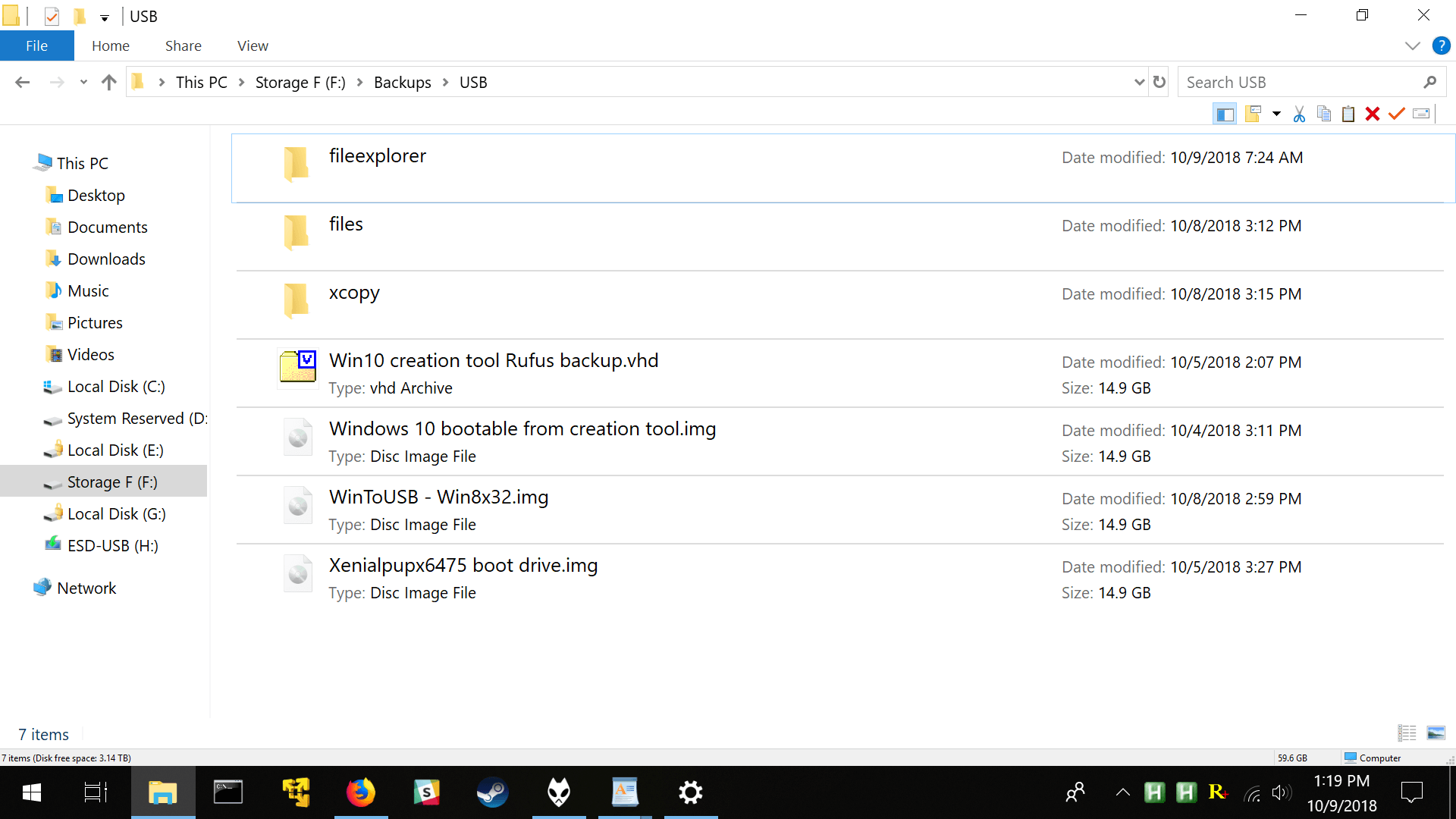
While the utilities we'll be covering are especially relevant for backing up bootable USB drives or those with multiple partitions, they tin come in handy any time that you would like to clone one USB drive to another or overwrite your bulldoze and easily restore the contents.
USB drives images that might be worth storing
- The full installation media for Windows ten (or your operating organization)
- Windows To Go or another portable OS (a manner to browse drives/files and the cyberspace)
- A separate recovery drive/classic boot CDs such as Hiren's, or individual tools for segmentation/cloning drives, password recovery, malware cleanup etc.
- Side note: If you have an ISO of Windows, you can create a portable OS bulldoze with WinToUSB (MS recommends 32GB for To Get drives)
Tools that can create backup images of USB drives
While creating and restoring USB image files has some conveniences over manually copying the data via File Explorer, note that the fill-in image will contain a sector-by-sector copy of your entire drive, so the resulting file size volition be the entire capacity of the drive, no matter how much information is on the device.
For instance, fill-in images of Windows 10 and XenialPup seven.v both occupied 14.9GB on our storage drive and took the same amount of fourth dimension to restore on the USB drive, despite the one-time OS containing many gigs of data and the latter having less than half a gigabyte.
If you lot would adopt to create an image file that's closer to the size of the content on the device instead of the unabridged drive capacity, try to apply the smallest thumbdrive possible for creating the bootable media during the fill-in process. So if your kicking media needs around 4GB of space, use a 4GB flash drive to create the backup image, which can be restored to a larger drive after while maintaining minimal storage requirements.
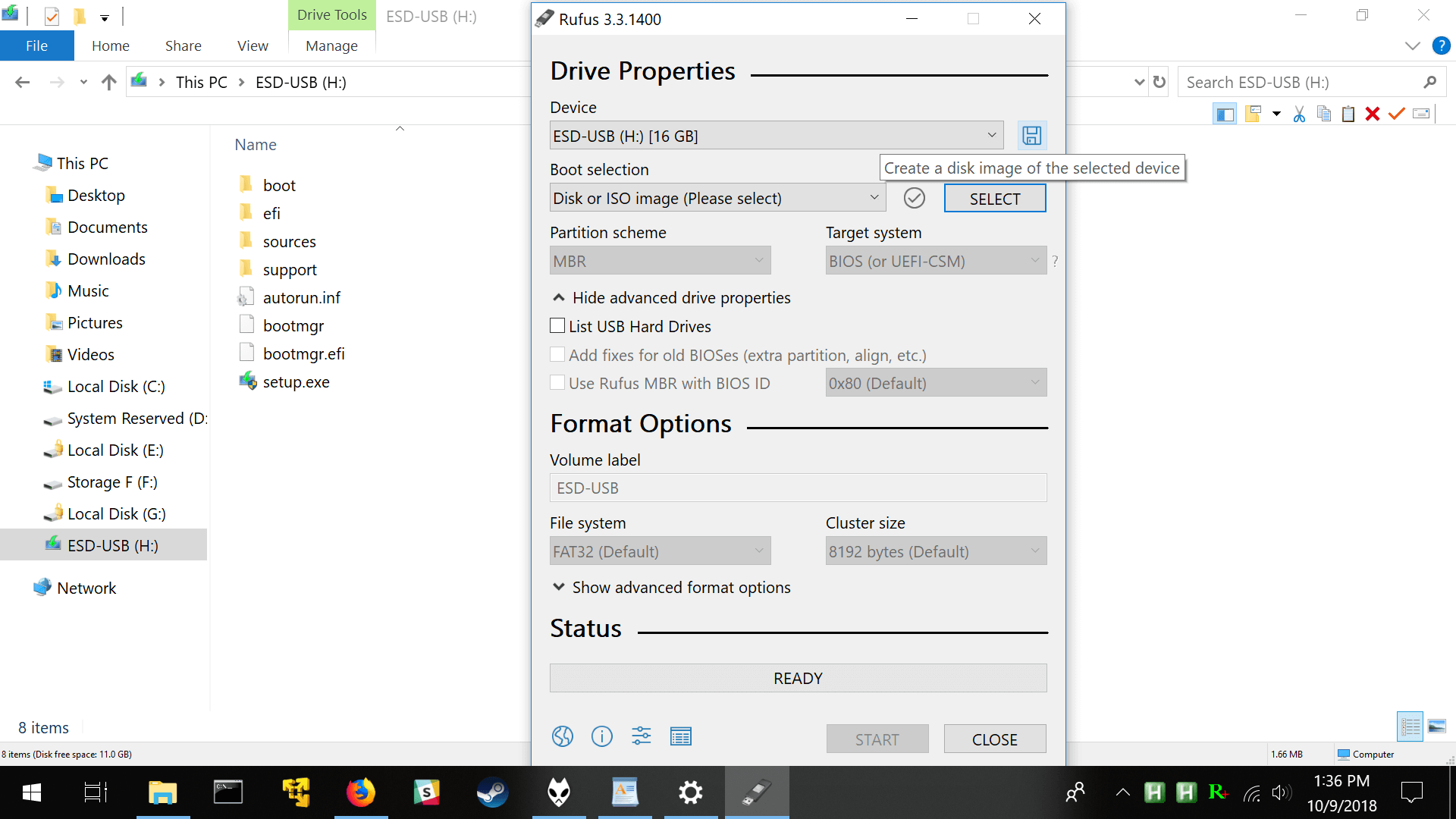
As mentioned earlier, Rufus is installed on many machines -- over 640,000 downloads on TechSpot solitary as of writing -- and might be the most convenient option for making backup images of removable drives. Although the feature is well displayed, nosotros didn't know it was there until working on this article.
Clicking the relieve icon adjacent to the listed device up tiptop will let you create a VHK fill-in file of the drive and this image can be restored later by selecting the VHK file instead of an ISO.
Other applications for making USB bulldoze backups
Our summit recommendation goes to imageUSB by PassMark for having the best overall interface (cleanly displays lots of relevant data/options at once) and for simply functioning the best.
The software recognizes multiple drive partitions, which is one of the main reasons yous'd want to image a USB drive yet some of the other tools tin can't create a single backup file containing two partitions.
ImageUSB lists support for .bin, .iso and .img files, but the utility can also handle the VHK backup that Rufus outputs (yous may exist prompted virtually your drive beingness an insufficient capacity when restoring a VHK but you lot can force the performance -- also not possible in some of the other software).
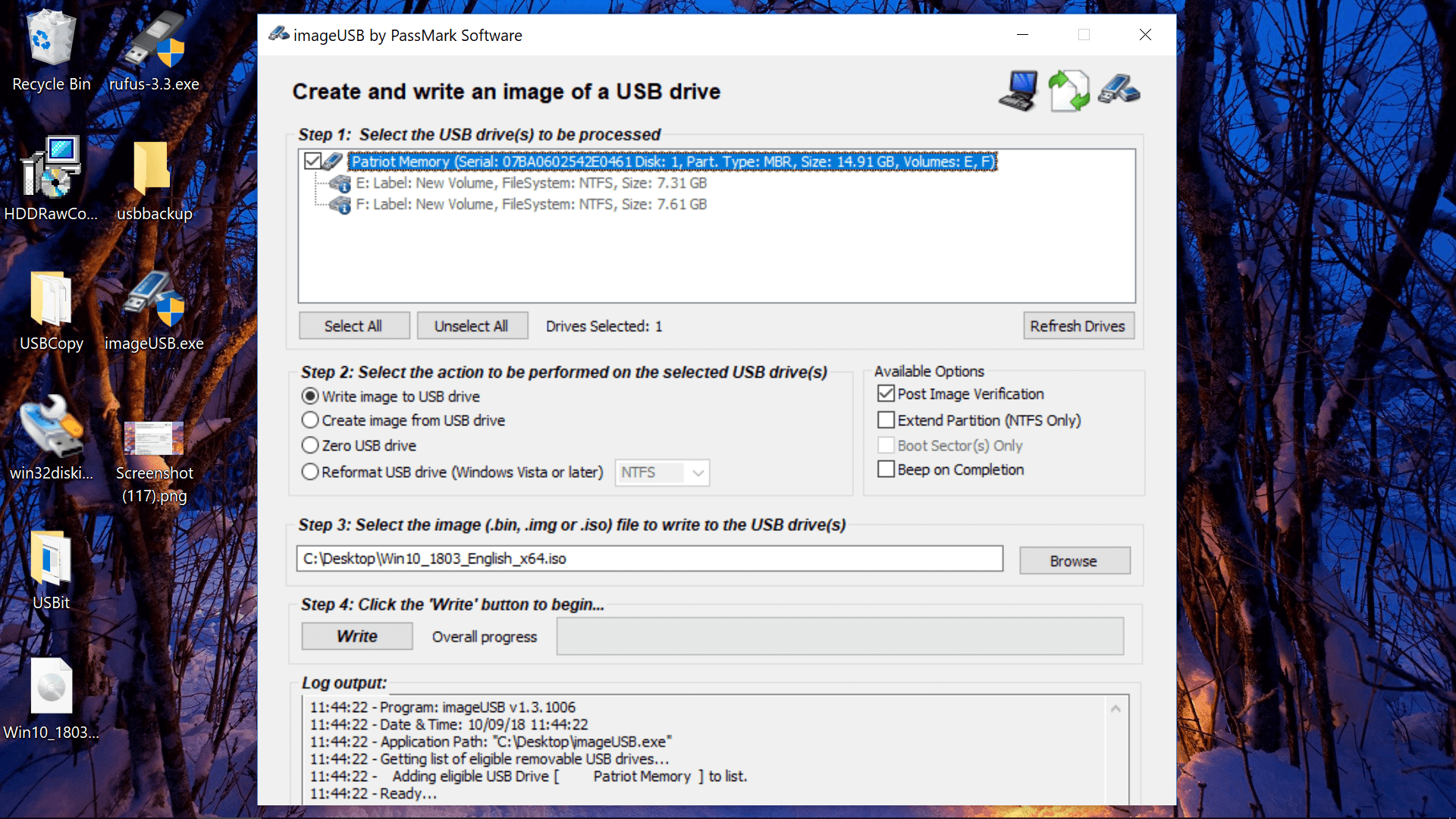
As an alternative to imageUSB, Win32 Disk Imager and USB Image Tool are lightweight and can create and restore images of USB drives, but they don't include multiple partitions in the aforementioned operation/file, listing the partitions individually instead.
Like imageUSB, they only listed removable devices and then there is minimal take chances of the wrong disk being selected.
Win32 Deejay Imager was able to restore Rufus' VHK backup file whereas USB Image Tool couldn't (the VHK file was also large). USB Paradigm Tool also failed to list our drive at several points simply generally performed as expected.
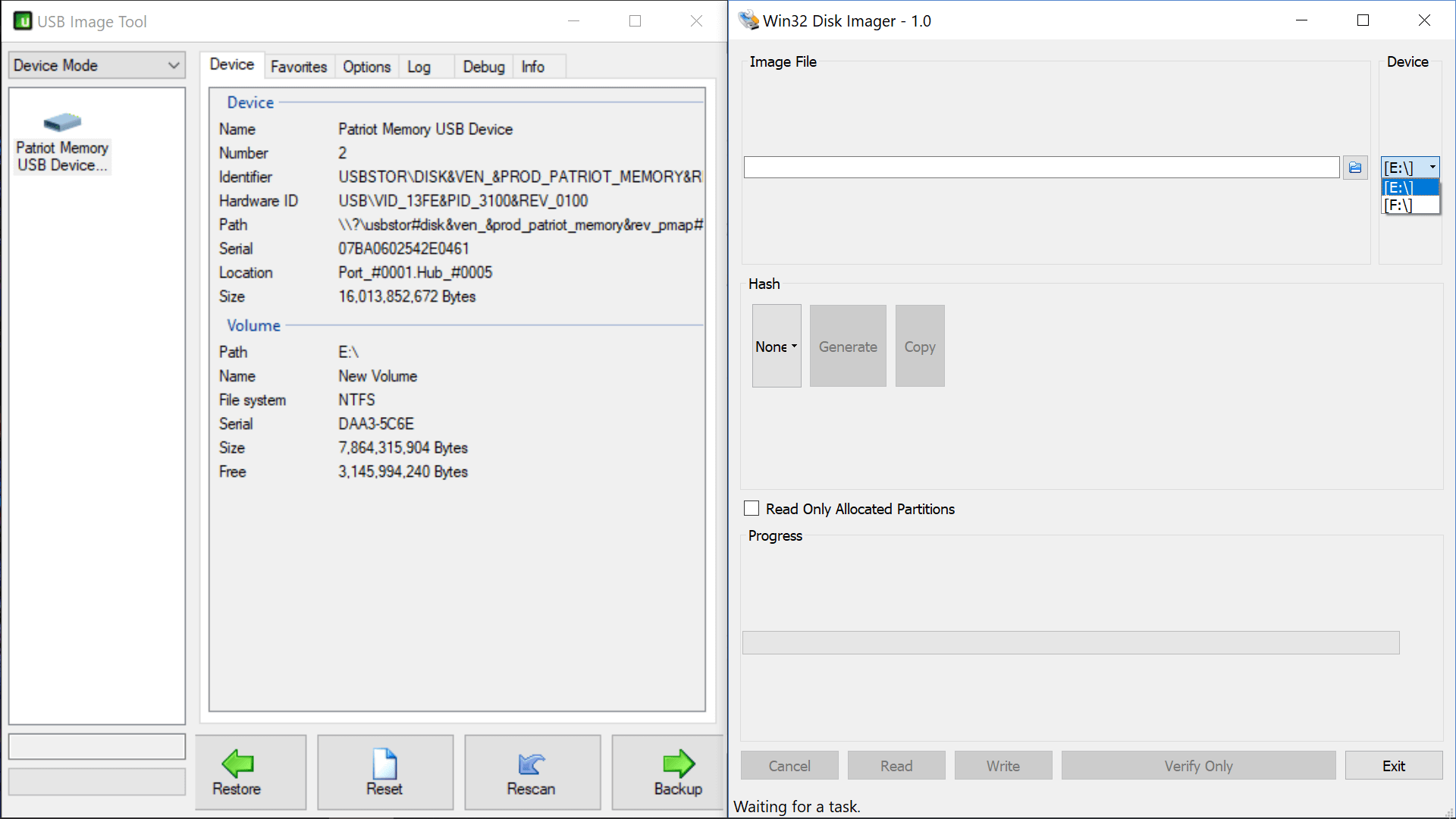
Moving along, HDDRawCopy Tool will list and create images of almost any bulldoze type including your current C: bulldoze, though we couldn't find whatever congenital-in method for restoring the backups afterward.
Meanwhile, WinToFlash and Epitome for Windows can both create and restore backups along with having other features such as a Windows To Get bulldoze creation wizard in the former and support for incremental backups in the latter.
Both tools even handle multiple partitions simply ultimately lost points for launching with a prompts about not having been tested with our version of Windows (WinToFlash) and a twenty 2d "buy at present" advertisement (Image For Windows).
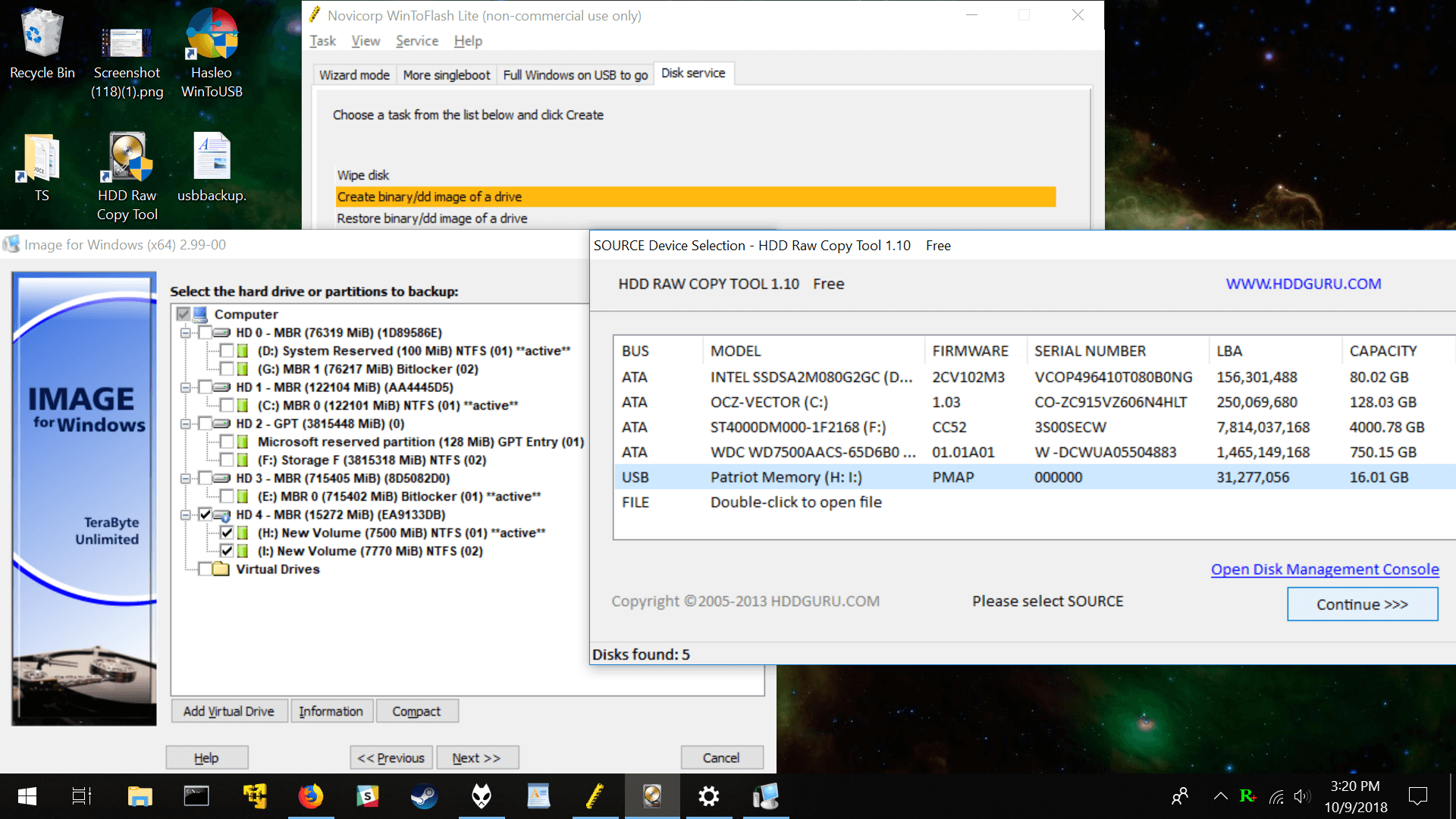
Fill-in and remake a bootable Windows USB install bulldoze
...Without extra tools, using just Disk Management and File Explorer
If you lot accept a bootable USB drive with the Windows 10 installation media, yous can copy the files from the drive via File Explorer to some other location and so move these files back to the thumbdrive while retaining its power to kick. In testing, nosotros saved the Windows x installation files to a storage drive, reformatted the USB bulldoze, copied the installation files dorsum and the drive would still load on startup.
Y'all can even delete the USB drive volume via Disk Management (search Start or Run for diskmgmt.msc) and create a new volume, equally long as you right-click and marker the new segmentation equally agile.
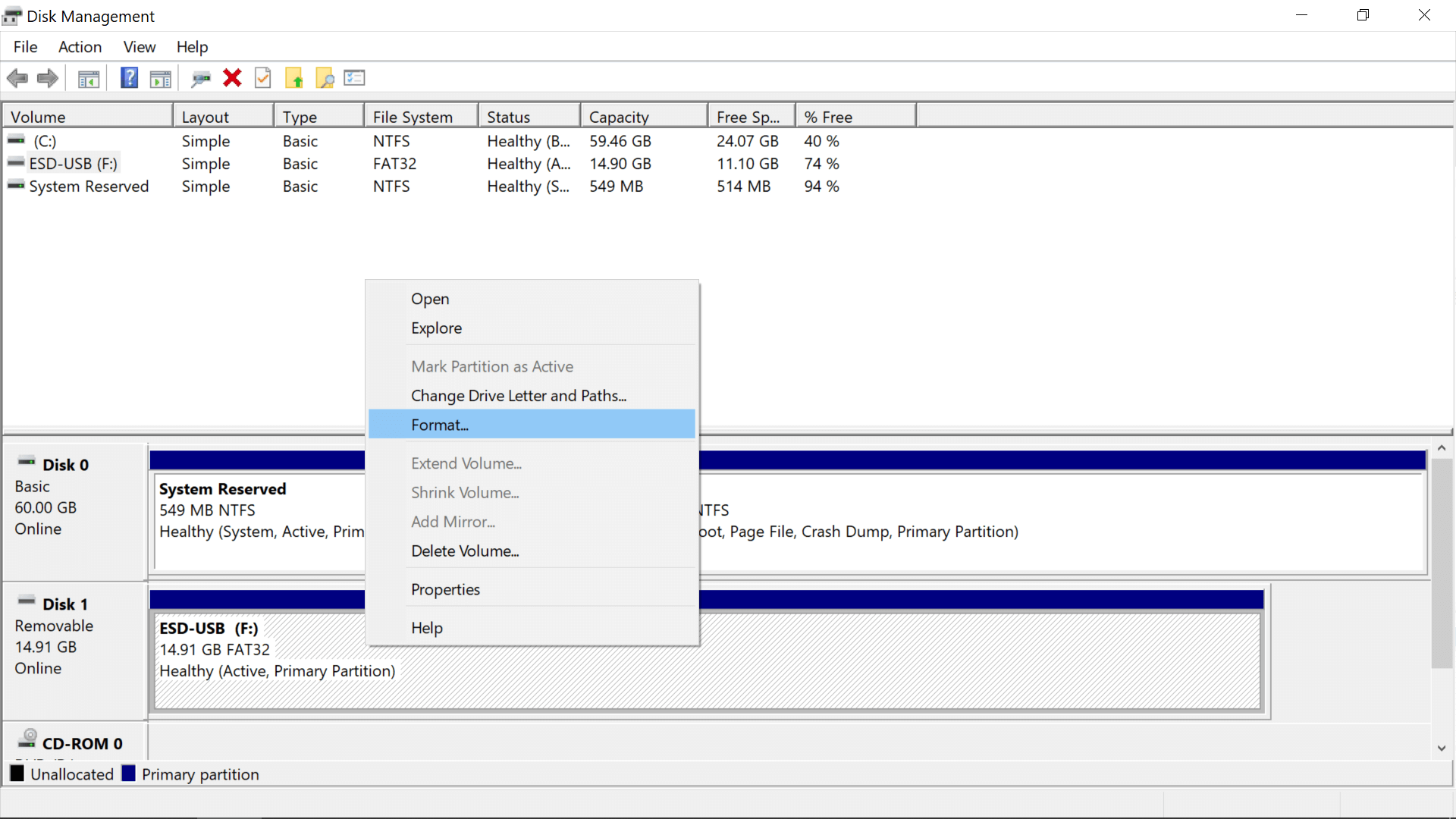
Starting the procedure with a new USB drive, if you create a new book, format that volume, assign a letter and mark the sectionalisation as agile, the bulldoze should be ready Windows installation files to exist copied over and should kicking.
With a USB bulldoze in that country, you can extract the files directly from a Windows 10 installation ISO to the USB drive via File Explorer instead of using tools such as Rufus to make the bootable installation media.
As well note that as a standard characteristic in Windows 8 and 10, if Windows Explorer is set every bit the default program for ISOs, you can double-click on the file to mount it every bit a virtual CD/DVD bulldoze instead of installing third-party tools like Virtual CloneDrive.
Windows 10 fifty-fifty includes the ability to burn ISO files to a CD/DVD drive in the context menu when you right-click on an ISO.
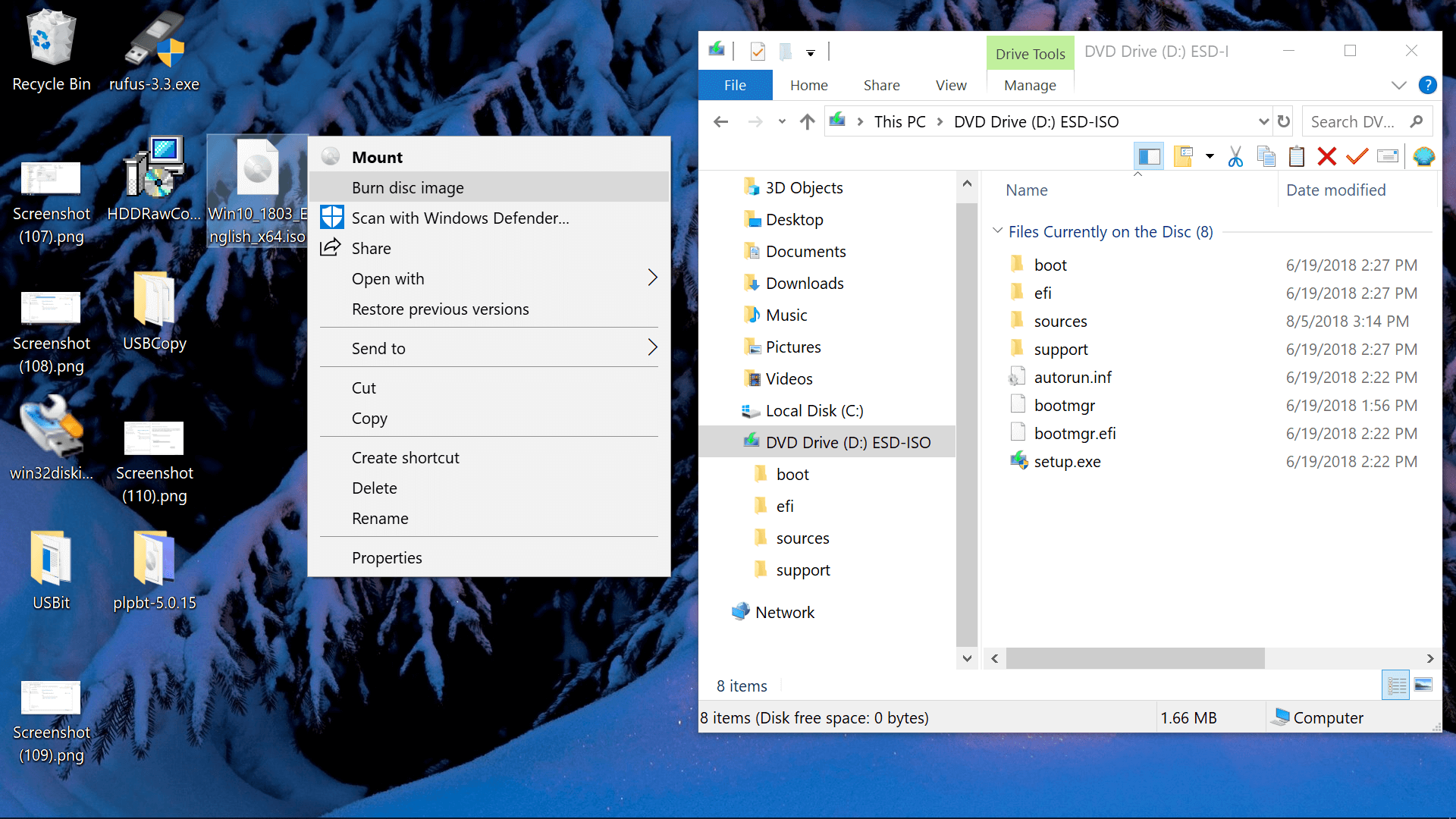
We tested the process of copying installation files to/from a freshly formatted bulldoze many times using both Deejay Management/File Explorer and Command Prompt alternatives (DiskPart and xcopy/robocopy) with the aforementioned results: every bit long as the USB drive had an active primary partition, we could simply copy the Windows installation files to the drive and information technology would boot.
To configure a new bootable USB bulldoze via DiskPart, open up a Command Prompt and enter the following lines (modify iv and F for your setup):
- diskpart
- list volume
- select volume 4
- clean
- create partition chief
- select segmentation ane
- format quick fs=ntfs
- agile
- assign letter of the alphabet=F
At this signal the drive should boot and be ready for you to copy the Windows installation data, whether from an ISO or files saved from a previous USB drive.
Likewise note that if you take enough space on the USB bulldoze, you can leave the installation data as-is and add new files without affecting the drive's ability to load or install Windows. And so for instance you lot could create a folder alongside the Windows 10 data with other software installers or media files and this would be accessible via File Explorer like any other fourth dimension.
More Useful Tips
- Means to Free Up Storage Infinite on Windows
- Refresh Windows 10 to its default land in a few clicks, keeping your files and settings
- What Are the All-time CCleaner Alternatives?
- Remove "3D Objects" and Other Shortcuts From Windows 10's File Explorer
Source: https://www.techspot.com/guides/1721-clone-backup-usb-drive/
Posted by: tilleryafterand.blogspot.com


0 Response to "How to Backup USB Drives and Restore Them, Bootable State and All"
Post a Comment